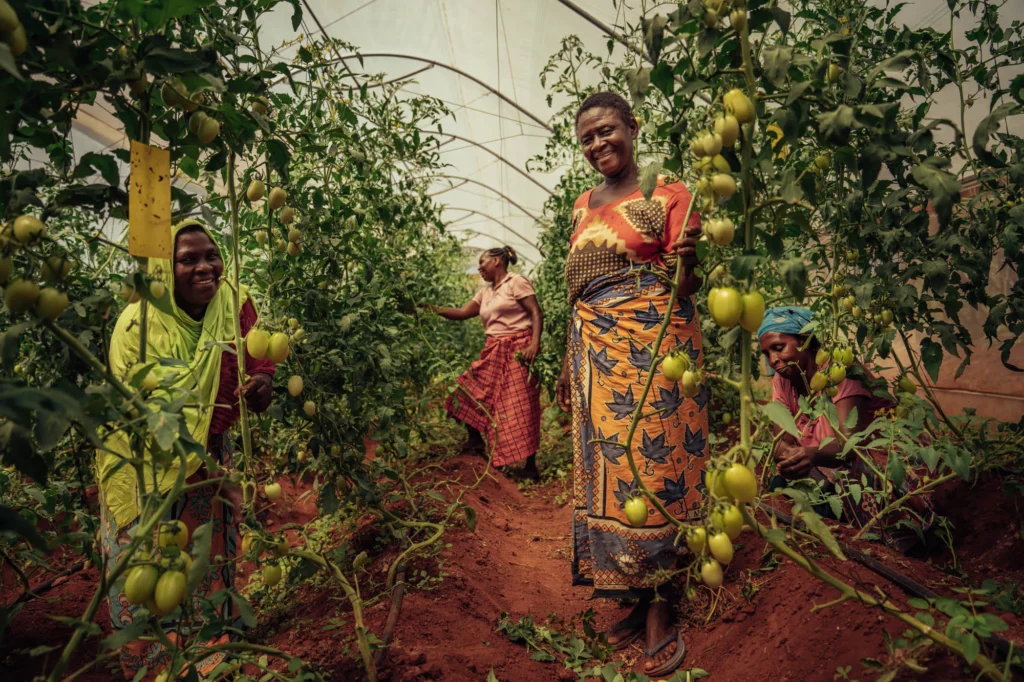
Through a combination of dryland forest protection and extraordinary community sustainable development activities, this project is estimated to avoid the gross emissions of over 48 million metric tonnes of CO2e which would have been emitted due to slash and burn deforestation over the 30 year project life, or an average of approximately 1,614,959 metric tonnes per year.
The full name of this project is “Kasigau Corridor REDD+ Project Phase II – The Community Ranches”, and it builds on Wildlife Works’ first project (Phase I, Rukinga Ranch) which has been protecting forests, flora and fauna since 2006. The aim of this new, larger project is to bring the benefits of direct carbon financing to surrounding communities, while simultaneously addressing alternative livelihoods and protecting vital flora and fauna.
The project encompasses 169,741 hectares in Coast Province, Southeastern Kenya, where human-wildlife conflict has been a problem in the past as local residents are directly reliant on the environment for subsistence. This project directly addresses such sources of conflict in a holistic, sustainable approach, and on a large scale: the carbon reduction projections of over 1 million tonnes a year have earned it a mega-project classification from the Verra registry.
The project area is home to a fantastic diversity of mammals (over 50 species of large mammal, more than 20 species of bats), birds (over 300 species) and important populations of IUCN Red List species such as Grevy’s zebra (Equus grevyi), Cheetah (Acinonyx jubatus), Lion (Panthera leo) as well as over 500 African elephants (Loxidonta africana) seasonally.
The CO2 reductions will be drawn across multiple carbon pools: above- and below-ground forest biomass (forest carbon) and soil carbon, while actively protecting the project area from deforestation and degradation.


